How movies can help you design the best flipbook
Theater plays, movies, opera shows, books, paintings, e-books, flipbooks and so on. There are a lot of relatives in this big storytelling family, but did it ever cross your mind that flipbooks are the predecessors of movies? Of course, time has passed and they each followed different paths, having their own unique features, but the apple doesn’t fall far from the tree.
Here are a few things you can learn from movies and apply them, in order to come up with the best flipbook.
ORIGINS
The story of flipbooks started back in 1868 when John Barnes Linnett had a brilliant idea. He patented the concept of kineograph (meaning <moving picture>) by creating a brochure that contained individual, continuous and slightly different images on each page. His idea was to blend individual static images that are just a little different from each other, in a fast pace, thus tricking the brain into making the fusion between them. This certain technique creates the illusion of movement in a smoother way and works even better if the adjacent images are extremely similar. The concept later evolved and got even more popular under the name of flipbooks or flipbook animation.
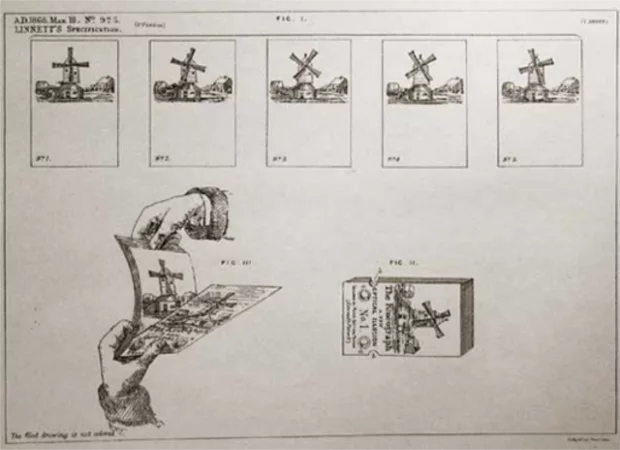
Nowadays, kineograph is usually associated with the concept of kids books, cartoons/Walt Disney, because of the famous Mickey Mouse flipbook.
But are the flipbooks really limited to just that? I respectfully disagree. Look around you and try to point out at least 3 things that are directly or indirectly related to the concept of flipbooks. I’ll start! How about photo albums, brochures or catalogs? What if I tell you that movies are included here as well? Think about synonyms for the word movies. Film, video…motion picture. See where I’m going with this?
The “motion picture” choice of words is not random. It literally expresses just that. A gathering of pictures linked between themselves, thus creating the illusion of motion. I guess it’s safe to admit that the page flip effect and flipbooks are actually the predecessors of movies and the whole cinema industry. You’re welcome, Tarantino!
FEATURES
The illusion of movement while using flipbooks, depends on the speed with which the page flip occurs. As mentioned earlier, kineographs (as they used to be called), appeared back in 1868, whereas movies made their appearance in between 1890-1895. I guess we can easily affirm that flipbooks are the ancestors of motion pictures. If we take a closer look at the translation of the word “flipbook” in other languages, the German version is worth mentioning, since it literally translates to “the thumb cinema”.
Since we established the fact that movies and flipbooks have the same origin, we’ll further continue with a pointed comparison, correlating certain features between them. If you find yourself in a lack of flipbook ideas, or the inspiration crisis hit you right when you were trying to figure out how to make your own flipbook for the first time. Well, they say birds of a feather flock together, so why not take a look in your neighbors garden. You might learn a few tricks.
Most movies follow a specific creation process following genre, plot, script, cast, production and screening. How to make a flipbook respect all these movie creation criteria? It’s as easy as ABC.
1. Genre

Before trying to think about a plot of a movie, you should think about it’s genre. Is it going to be an action movie, a thriller, a comedy or a romance? Digital flipbooks are just like this. You should never even open a flipbook creator before coming up with a game plan or a direction. Why? Here’s why.
Did you ever find yourself driving without having a destination? After all, don’t all of our daily activities have a purpose?
We eat so we will have enough energy to do all of our plans, we sleep to give our body some rest, we go out with our friends to feed out social needs, and we work to earn our living. The rules of life apply here as well. Do you want to create an informative flipbook that can help you teach a class, or a very technical presentation regarding the offers of your company. Pick one and the rest will follow.
2. Plot
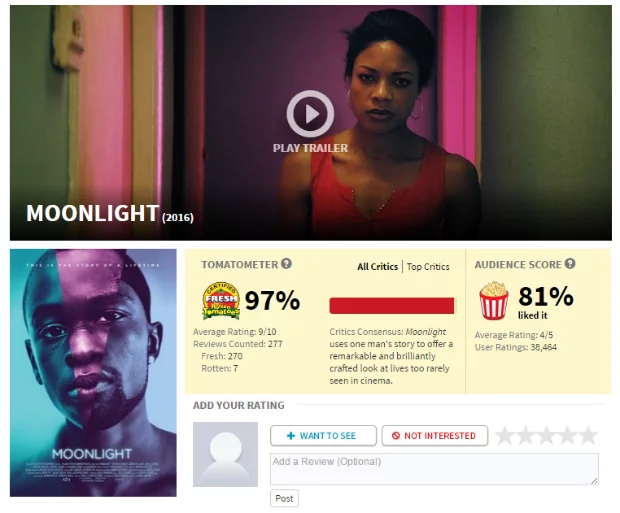
Genre goes hand in hand with the plot. You might be tempted to believe that they refer to the same thing, but the best way to prove you wrong would be asking you to check a critics or movie content website like rottentomatoes or IMDB. Look at how they structure their information and what they are pointing out. They are mentioning all the things we are going to talk about: genre of the movie, plot (usually with a short trailer), the cast, production and even screening.
If you are creating your flipbook animation from scratch or you’re using a flipbook template, you should have a clear mind about where you want to go with this, and most importantly how you want to achieve this. What’s the storyline of your flipbook? Put it on paper. We promise it helps.
3. Script
Every movie, screenplay or theater piece has a script.
That is because a script is like a blueprint that keeps you on the right track when you are straying around thinking of unicorns and pixie dust.
It’s like a map that leads you to your final result (established previously in the plot). A pdf flipbook (one that is created by converting a pdf into a flipbook), will usually push you to skip this step because the story is already written. The job of the flipbook maker (in this case) is only to convert your original file into a flippable material.
In this stage of production, it will also be helpful to create a list of necessities. It’s like going grocery shopping. You should always be a step ahead of the game and think about what you’ll need later.
For instance, you want to create a presentation that will require a lot of definitions. That means it would be great if you would look into the dictionary and prepare all the definitions first. It’s like measuring the sugar before adding to the composition or chopping the onions before you start cooking. By doing this, you will actually save a lot of precious time.
4. Cast
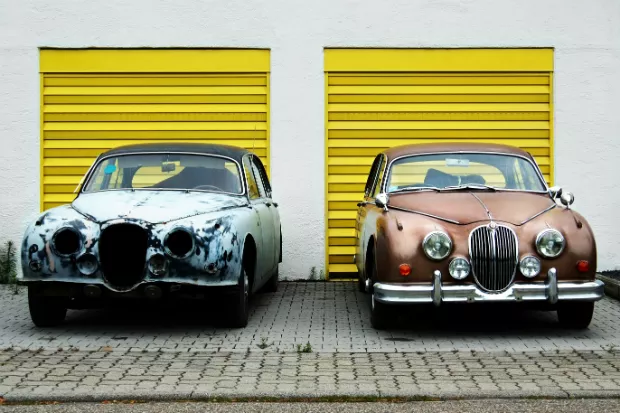
Every movie has its stars, and every star should be given the chance to shine. It’s like having an old car. Some will call it outdated and let it rust, while others will say it’s vintage, and take care of it. During this stage, you should choose your workhorse. Do you want a playful flipbook, that is more visual, you should focus on images or videos. If you want to be more technical instead, you can focus on sketches and text. Don’t try to overdo each of them.
One should outshine the other, while the second one should complete it perfectly.
5. Production
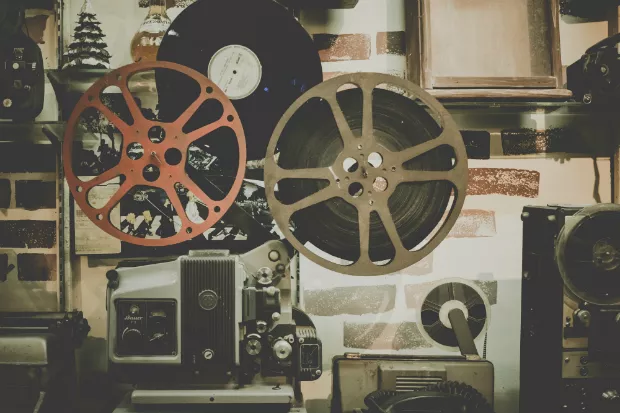
This is the part in which you actually start creating your online flipbook. Everything you’ve been working on so far comes together. Sound, color, image, subtitles, montage translates into audio materials, graphics, pictures, definitions/text and design to which we add embed codes, and many others.
Now, this is where the planning that you did before (by checking all the previous stages) will come into play. If you already know which way you are heading, how, what are the main ingredients, and in what dose are you going to use them, the production will only be a stage of putting everything in its place.
It’s like putting a puzzle together. You already have the pieces and you are placing them in the right place so that together, they will eventually form the whole picture.
6. Screening
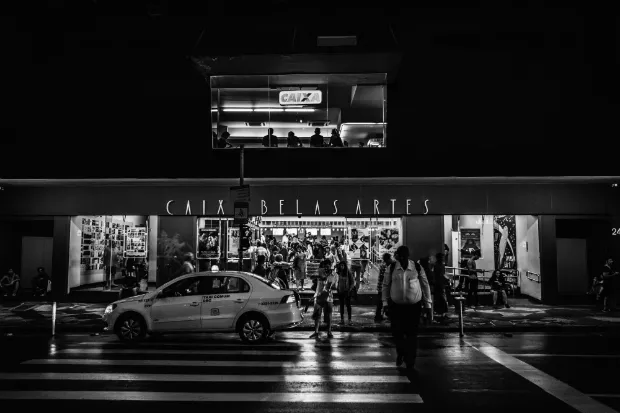
This part, we have to admit, is the most satisfying. If you put a lot of work into your flipbook, (research and everything) you will probably find it extremely enjoyable to hit the “publish” button. Just like movies, online flipbooks can reach international borders, since they can be shared via email, social media, and so on.
Furthermore, films and movies have another thing in common, the fact that they can be seen by multiple people at the same time. Whether it’s at the cinema or in the comfort of your own home/ at the office or while travelling, they are both extremely reachable. Also, the screening/publishing is the moment for which you are actually working.
Because a movie without screening or a flipbook without publishing is like cookies without milk, right?
Surprised movies and flipbooks have so much in common? I bet this put a twist on your vision of how to create the best flipbook, especially if you are creating it from scratch. We can all feel now like a junior Spielberg, Scorsese or Nolan, at least for a couple of hours, while being the producers of our flipbooks. Are you running for the flipbook of the year Oscar?
Have fun playing with it! Lights, camera, action!
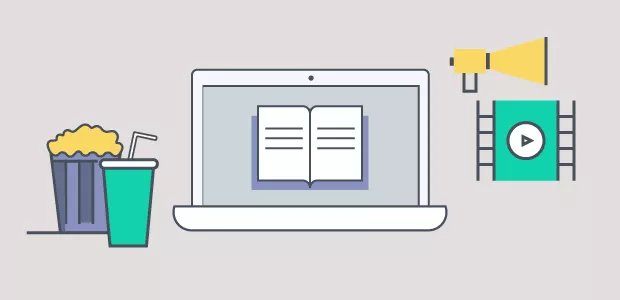
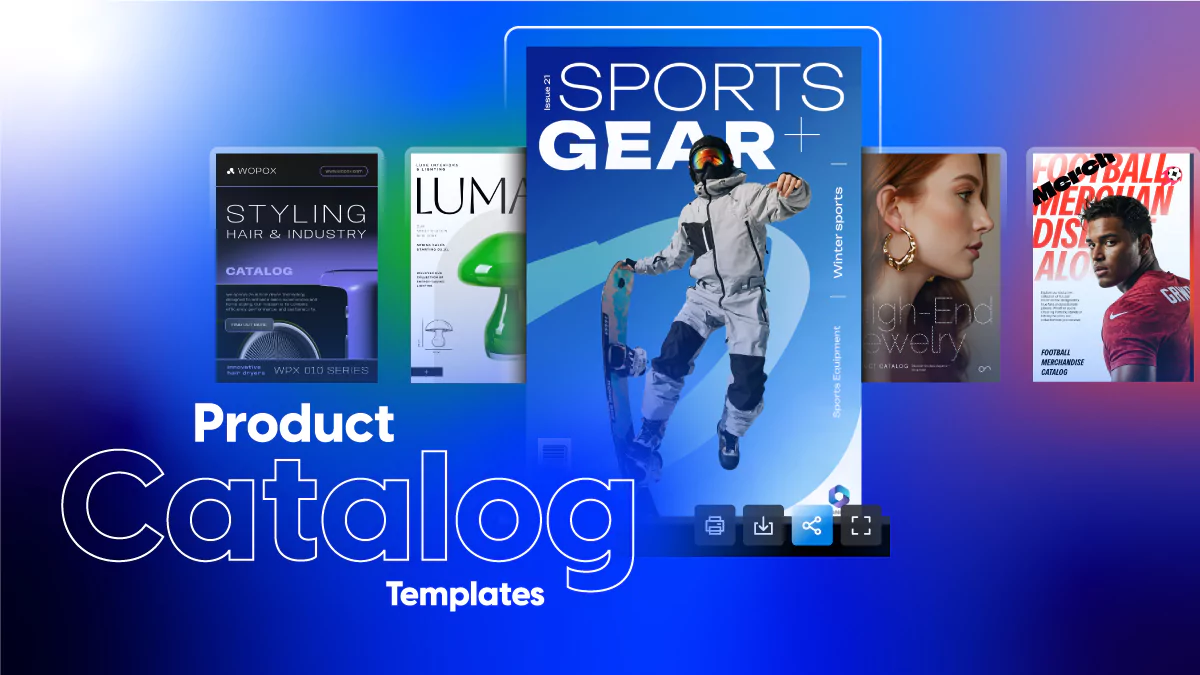
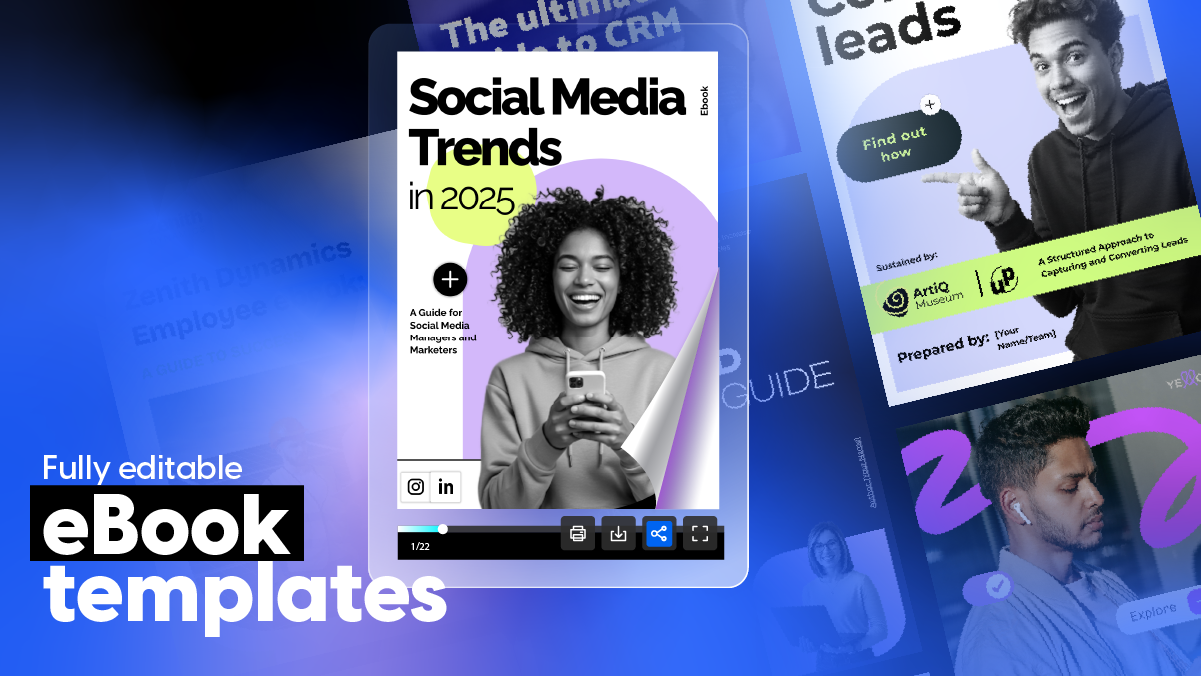

An interesting post here.
As a big film fan it is always enjoyable to read the comparisons it shares with other industries, especially one as well written as this.